Knitting patterns come in a variety of forms, and each one is appropriate for a certain knitting task. You may choose to focus on one or all of the wonderful knit stitch designs and various types of yarn that are available. It’s crucial to realize that you will be one step closer to knitting a flurry of activity if you master a few simple, fundamental sorts of stitches.
Knit Stitch

This is the most basic sort of knitting stitch. Plain stitch is another name for knit stitch. Even more experienced knitters will frequently use it, therefore that’s where all novices should start. A visual instructional makes learning to knit much simpler than reading written instructions. Therefore, enroll in a beginner knitting class if you need to master the knit stitch before continuing to read.
The Seed Stitch

The seed stitch is a simple Knit and Purl pattern that creates a lovely raised dimple appearance that resembles a scattering of seeds. The seed stitch, often referred to as the moss stitch in the UK, Australia, and New Zealand, is comparable to the garter stitch in that regard.
The Garter Stitch

For those who are brand-new to knitting, this is one of the easiest textured knitting stitches to master. Prior to learning how to purl, you must first master knitting each stitch of each row in order to master this straightforward knit fabric. The basic garter stitch scarf is where most novice knitters begin, but you can opt to knit a hot pad, a washcloth, or anything else that will fit on your needles.
Purl Stitch
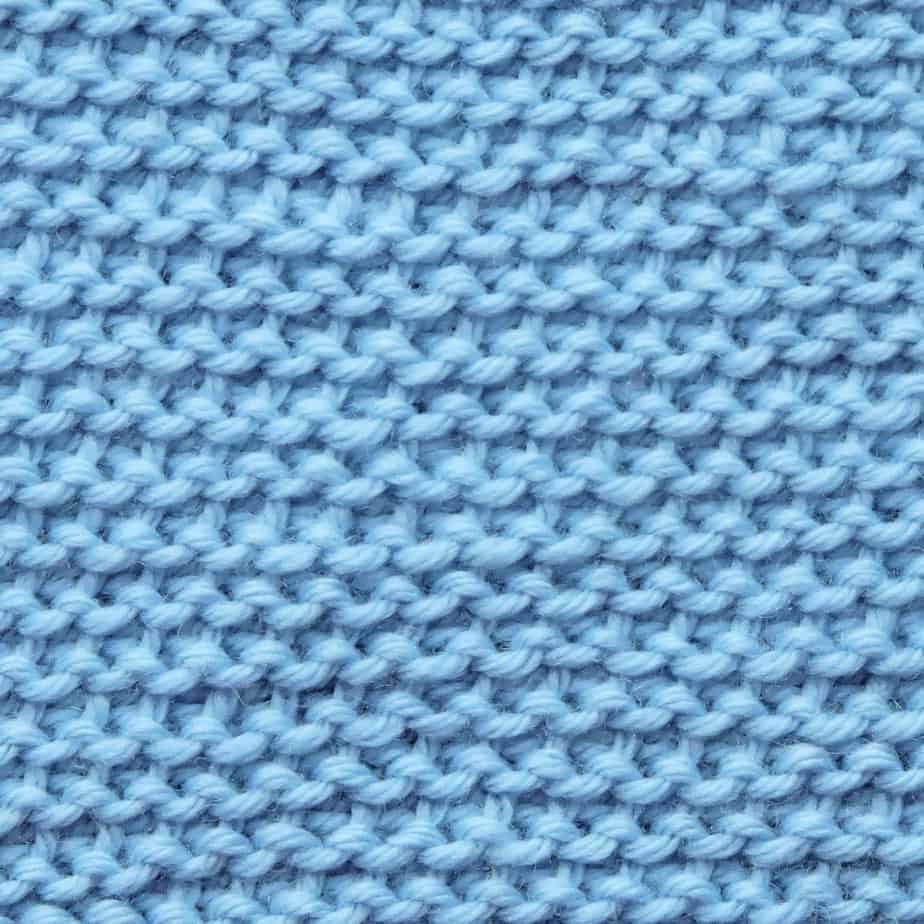
The purl stitch is just the knit stitch turned around. The needle enters the stitch on the knitting needle downward rather than into the back and then upward. Purl stitch looks exactly like knit stitch when done alone. Interesting things begin to take shape when it is paired with knit stitch.
The Linen Stitch

One of those clever stitch designs that can provide several appearances just by altering the color scheme is the linen stitch, often known as fabric stitch in knitting.
The Stockinette Stitch

After mastering the craft of knitting, you go on to purling. One of the most basic knitting stitch patterns is the stockinette stitch. It entails knitting one row, purling the next, and repeating the process.
When most people envision knitting, they see this knit stitch pattern. The stockinette stitch is the basis for more elaborate knitting designs than any other design, numbering over a hundred. The stockinette stitch is produced when circular knitting is done by knitting every round, thus learning this technique is crucial.
Garter Stitch

When just the knit stitch is used to generate many rows of stitches, the stitch is called garter stitch. the same from the front and rear. It doesn’t curl and isn’t stretchable.
The Purl Ridge Stitch

A member of the Knit & Purl Stitch family, the Purl Ridge Stitch is a straightforward variant on the Stockinette Stitch. The stitch causes the cloth to be covered in elevated rows of “purl bumps.”
The Fair Isle Stitch
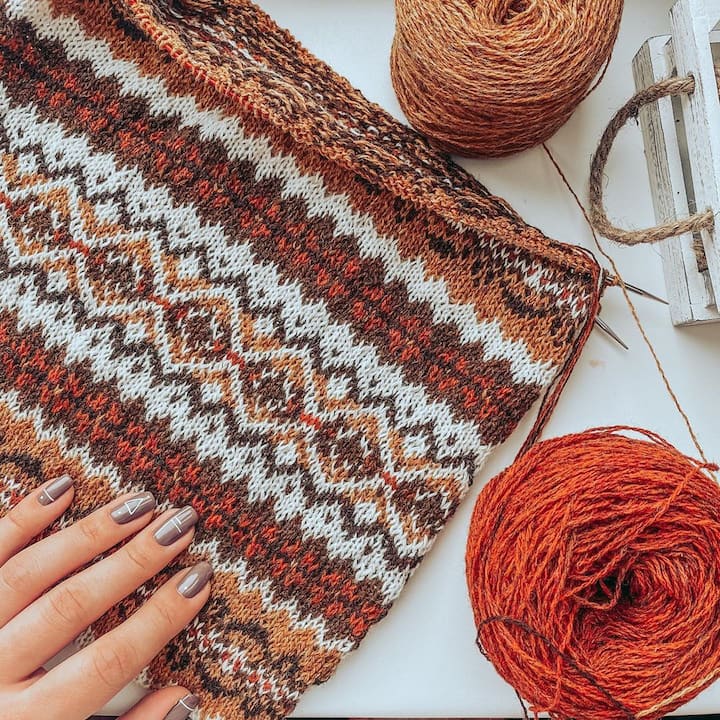
Some of the most distinctive knitting casting stitches are fair isle stitches. They also go by the name “colorful knitting,” because they mostly include repeating colorful knitting patterns. The same knits and purls are used, but the alternating colors of fair isle knitting set it apart from other styles of stitching and produce magnificent and beautiful items.
Every row in fair isle knitting often has two colors. The colors are transported behind your product, creating colorful floating. Since the colors are carried over, this particular knitting stitch pattern’s key feature is that color changes only need to take place every few stitches.
Reverse Stockinette Stitch
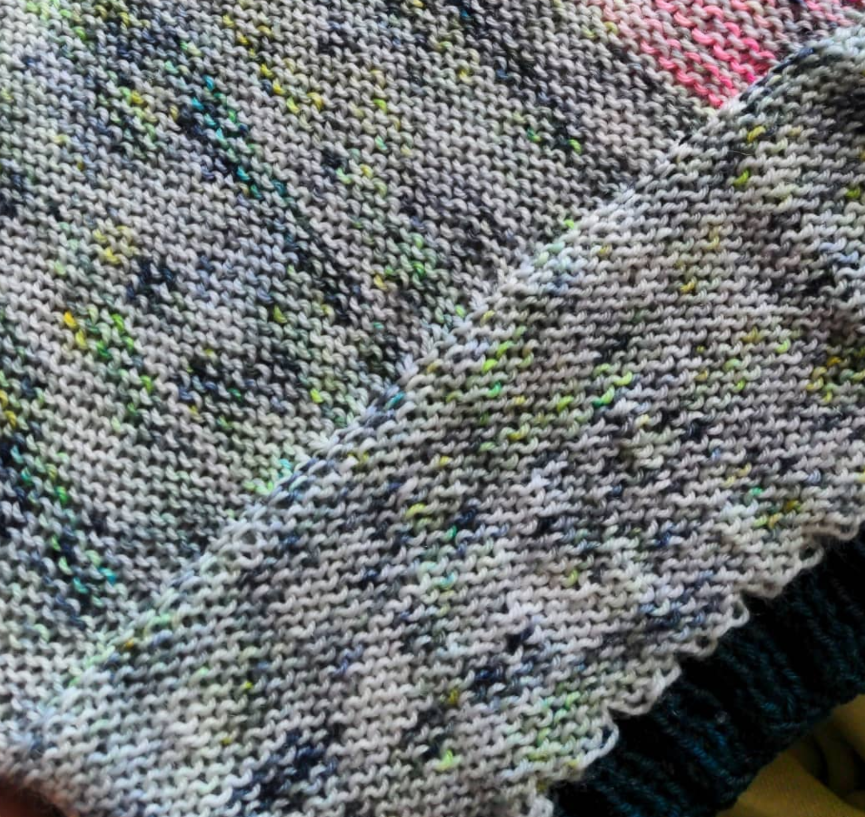
On the right side, reverse stockinette stitch resembles garter stitch, but because the back is made up of a row of knit stitches followed by a row of purl stitches, it seems different. It is exactly what it sounds like: the stockinette stitch reversed.
Why therefore, instead of merely stockinette stitch, do some patterns specify reverse stockinette stitch? The goal is to give the top the look of garter stitch. The little v-shapes on the right side of stockinette stitch would be on top if the pattern required them. Got it?
Bamboo Stitch
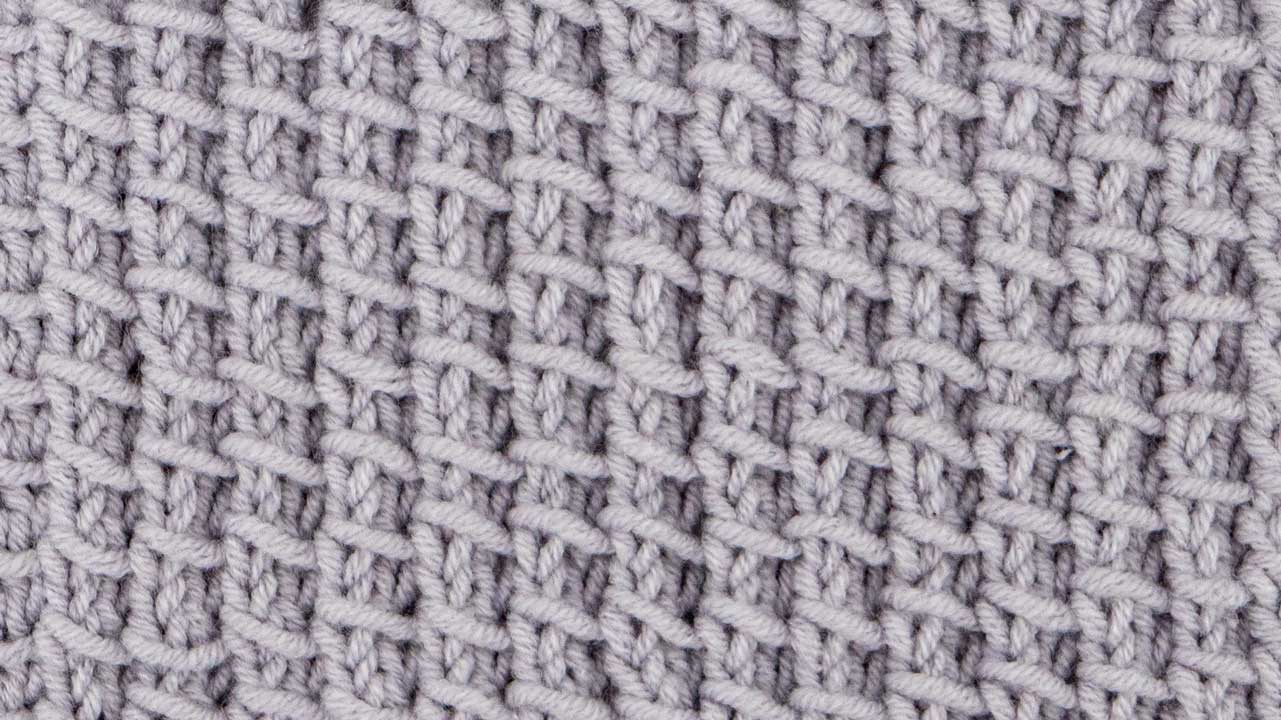
The bamboo pattern, which has a two-row, three-stitch repetition, is so simple that can knit it while binge-watching your preferred TV program without missing a stitch or a line of dialogue.
The Ribbing Stitch

You should start learning how to alternate knitting and purling in the same row once you have mastered knitting entire rows in knit and purl. You may create textured knitting stitches in this way. The rib stitch is currently the easiest knit-purl stitch pattern to master. Ribbing is any pattern in which the knits and purls alternate over the cloth in lovely columns by aligning consistently across rows. Additionally, you may choose to utilize it as an edging or throughout your knitting designs.
The 1×1 and 2×2 knitting stitches, which indicate how many stitches you may work on of each type of stitch in turn, are two of the simpler ribbed knitting stitches (therefore 1×1 rib is knit 1, purl 1 repeating). This is not to imply, however, that you can’t build ribbing in just about any arrangement. The 3×1 and 4×4 patterns are constants.
Rib Stitch
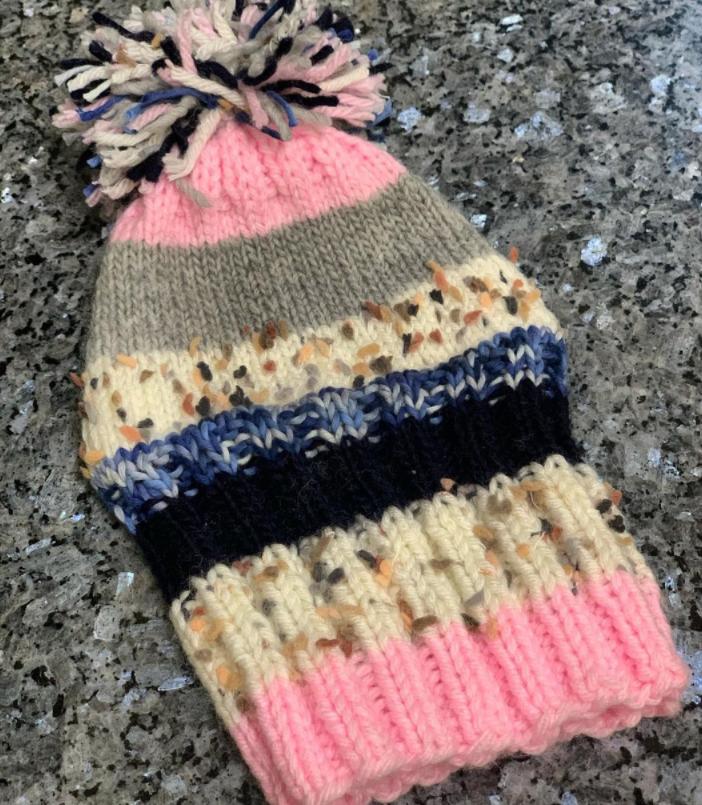
Rib stitch is basically merely a combination of knit rows and purl rows, although having a more complex appearance than the preceding stitch patterns. The pattern determines how many rows there will be of each. Rib stitch is utilized for portions of clothing that require a lot of flexibility, such cuffs, necklines, and socks, since it produces an extremely stretchy piece of fabric.
Herringbone Lace Rib Stitch
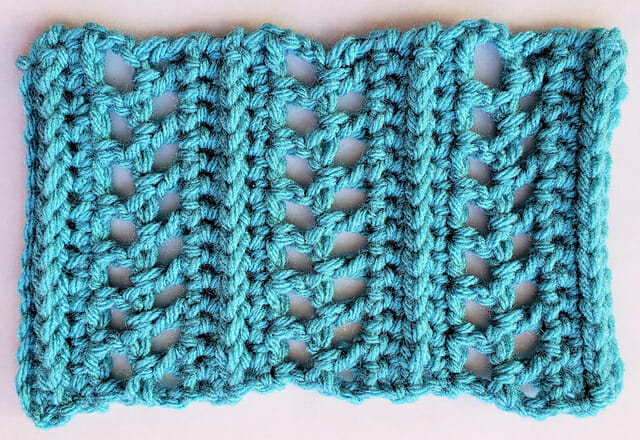
By combining knit and purl stitches, you can create this incredibly lovely knit pattern, which looks like a combination of rib and eyelet stitch. This stitch is quite simple to master, especially because all you really need to do is repeatedly repeat two rows.
The Moss Stitch
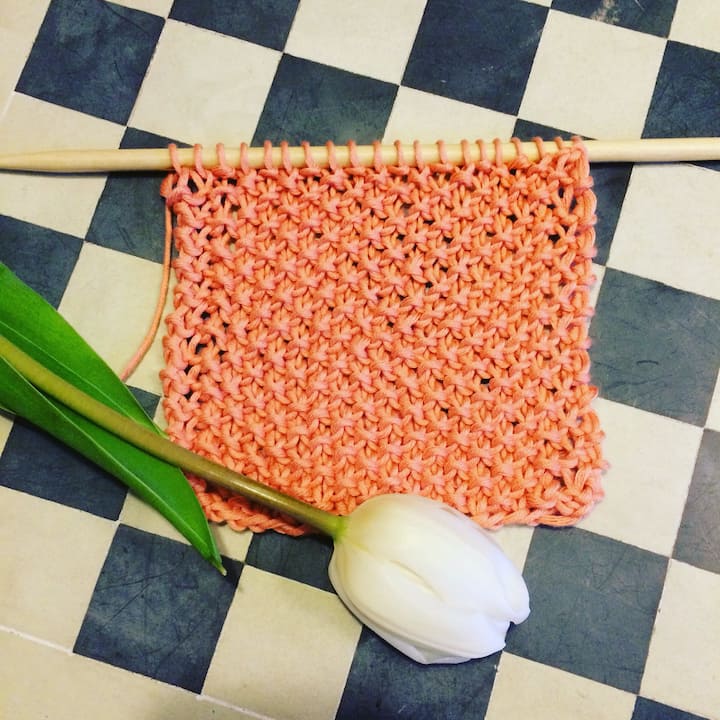
One of the simplest and most attractive knitting techniques to master is the moss stitch. Another straightforward combination of knits and purls, but this time in the same row. It functions in the same way that ribbing for two rows is followed by two rows of moving over one stitch.
Unlike its cousin, the seed stitch, the moss stitch creates a fabric with a small basketweave pattern or an almost shifted ribbing. It doesn’t curl because there is a balance between the knit and purl stitches. Moss stitch is one of the easiest knitting patterns to make reversible, making it ideal for creating scarves, blankets, and other items where both sides of the cloth are visible.
Single Rib Stitch
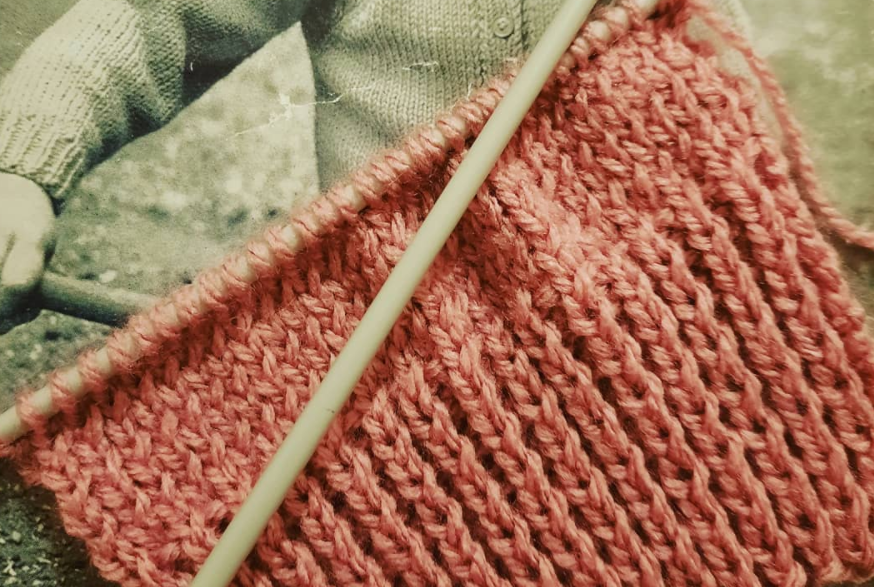
Single rib stitch alternates single knit stitches and single purl stitches on the same row to make very thin ribs, as opposed to rib stitch, which alternates a few rows of knit and purl threads to generate the ribbing.
Diagonal Basketweave Stitch

One of those knitting designs that, once you learn the technique, is a lot of fun to make is diagonal basketweave.
The Eyelet Stitch
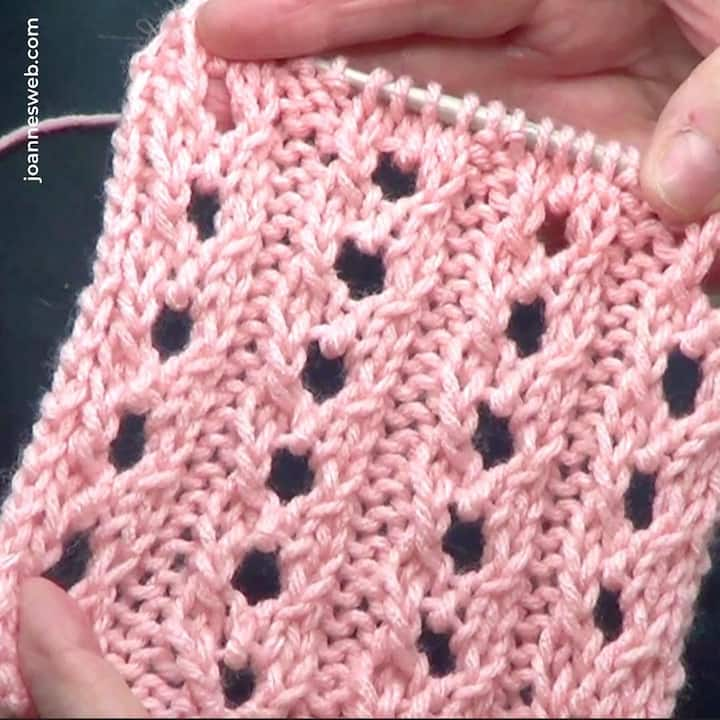
One of the most often used knitting stitches for stunning lacing is the eyelet stitch. It primarily works by alternating stockinette eyelets and garter stitch ridges to produce a distinctive mesh fabric for every product, including scarves, shawls, and blankets. This ought to be your go-to knitting pattern if you enjoy following current trends and want to make something that will stand out on the catwalk or in public.
Basketweave Stitch
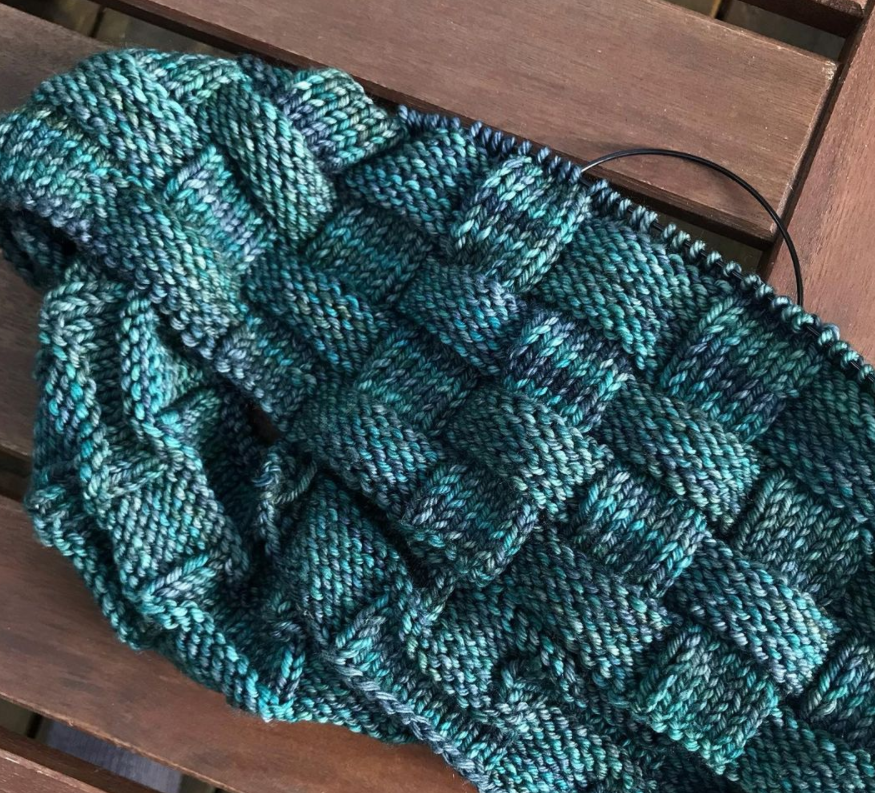
Knitting in a basketweave pattern has a woven-basket appearance. It comprises of alternating knit and purl squares or rectangles. Although easier to execute, it resembles cable stitch (more on that soon).
Single Rib Knit
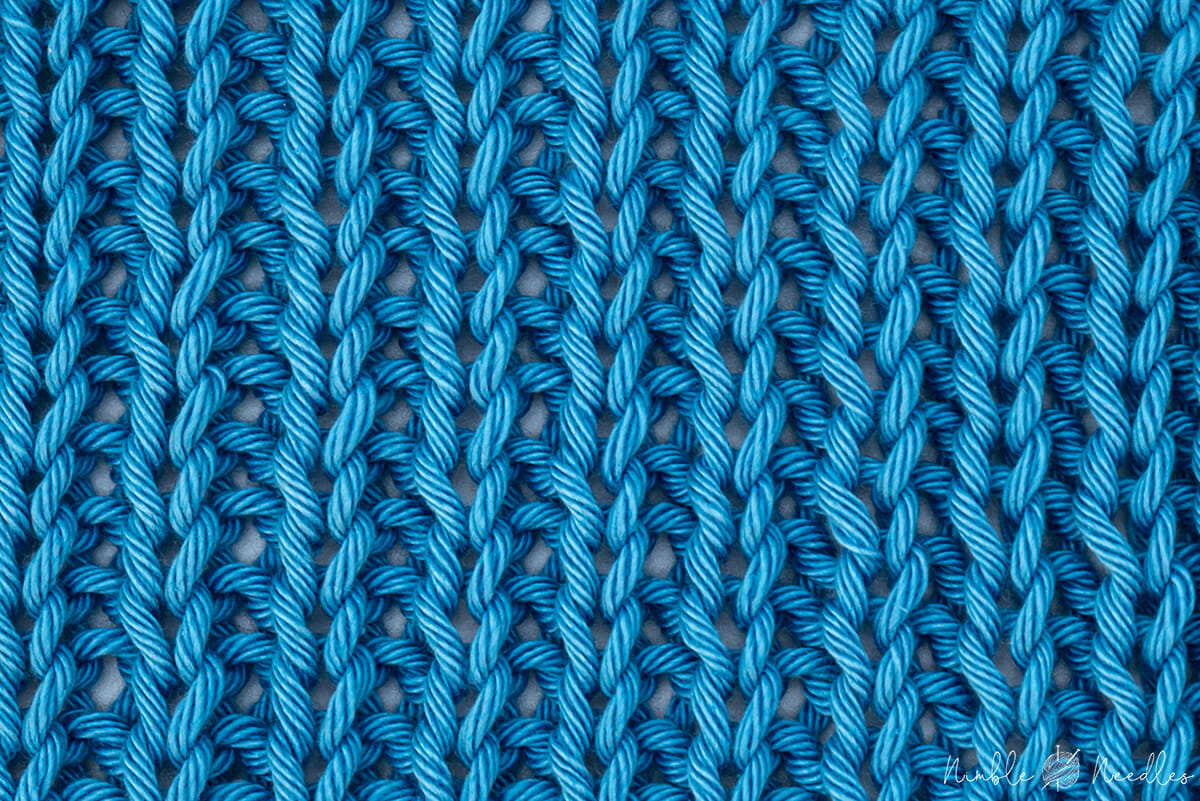
Vertical columns are created by alternating knit and purl stitches to create a single rib knitting design. It creates a reversible fabric that is incredibly stretchy and typically knit on a smaller needle than the main fabric to keep it firm.
Cable Heart
When you can transform them into these lovely and quirky hearts, why build dull, old cables? You’ll want to use this wonderful multipurpose stitch design, which employs a unique cable stitch, for baby crafts, presents, and more.
Tiles Stitch
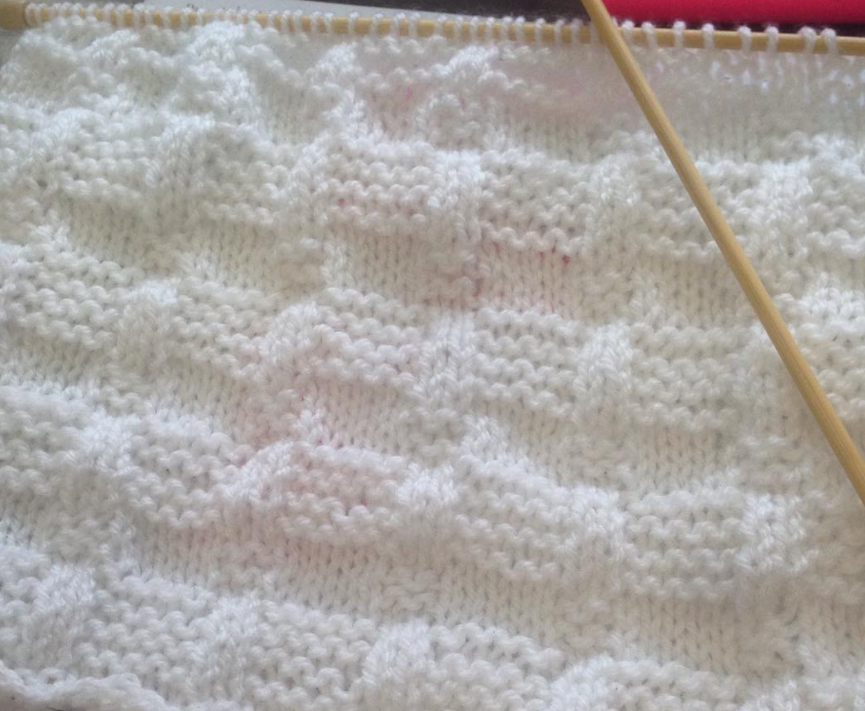
In that it alternates squares of knit and purl stitch to create a textured fabric, the tiles stitch is comparable to the basketweave stitch. The end product looks different from a woven basket since the squares aren’t placed precisely close to one another.
Herringbone Stitch

You may watch this video instruction to master the herringbone stitch. You only need to understand how to knit, purl, and slip stitches.
Linen Stitch

A must-learn stitch is this traditional one! It is simple to understand and easy to master. Although I really like this example in two colors, it also looks fantastic in monochrome. The woven look and dense fabric of this knit stitch pattern are my favorites.
Purl Ridge Stitch
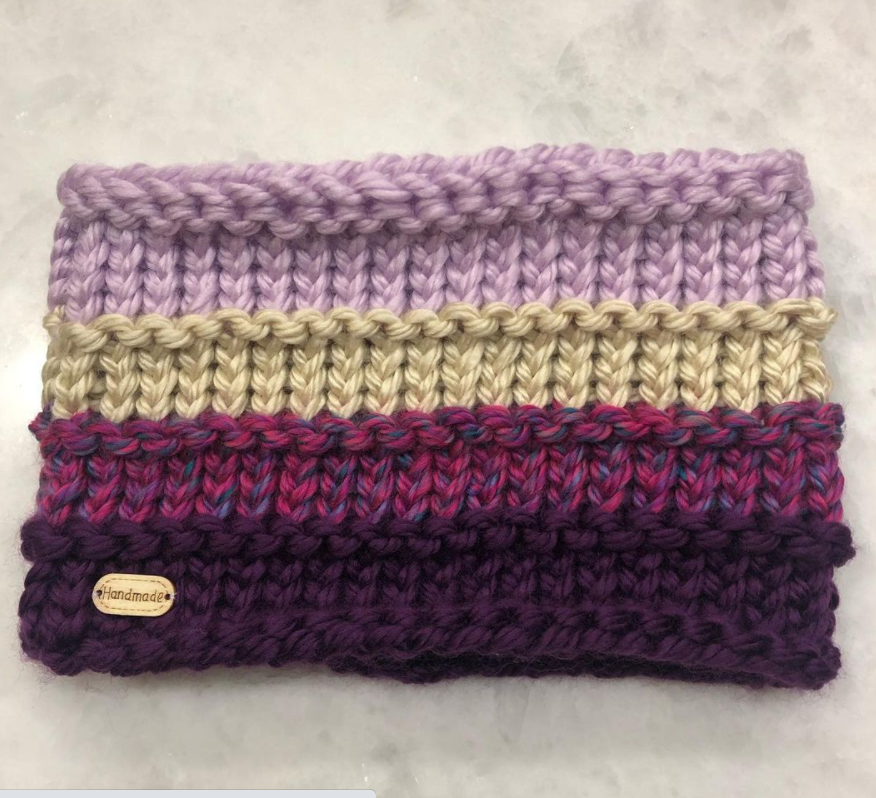
The purl ridge stitch, another excellent technique for intermediate sewers, alternates bands of stockinette thread with rows of purl stitches.
Chinese Wave Stitch

The gorgeous design results in a thick, textured fabric. Because this stitch is based on garter stitch, it doesn’t curl up and there is no purling.
Bubble Stitch
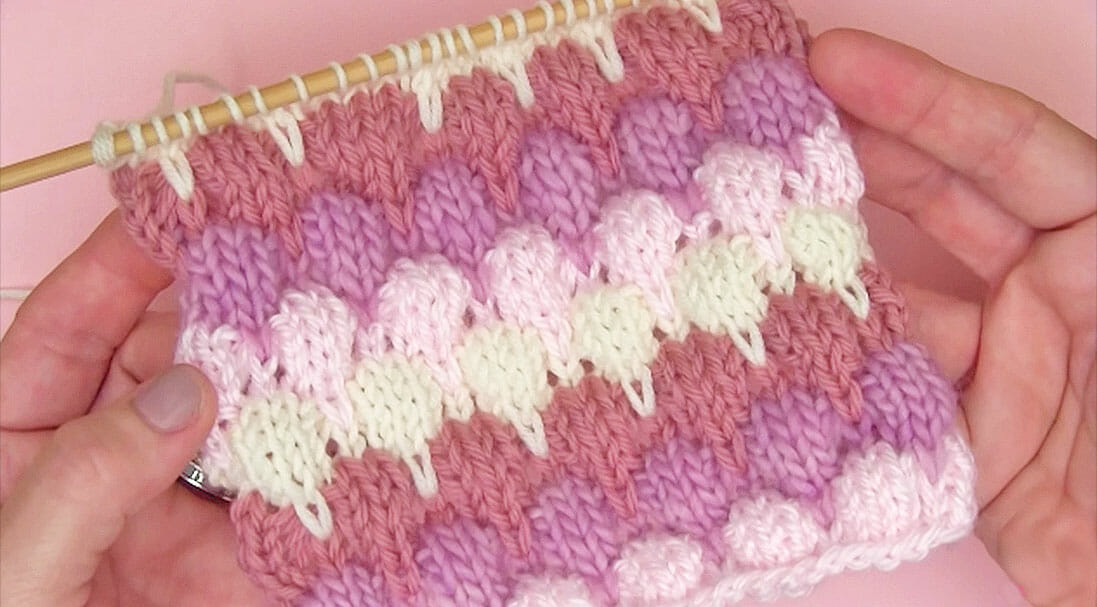
Discuss texture! This knit stitch design has three dimensions and is really enjoyable and squishy. It would be a wonderful accent stitch to give interest to any simple project or a striking addition to a project in the stitch sampler style.
Cartridge Belt Rib Stitch
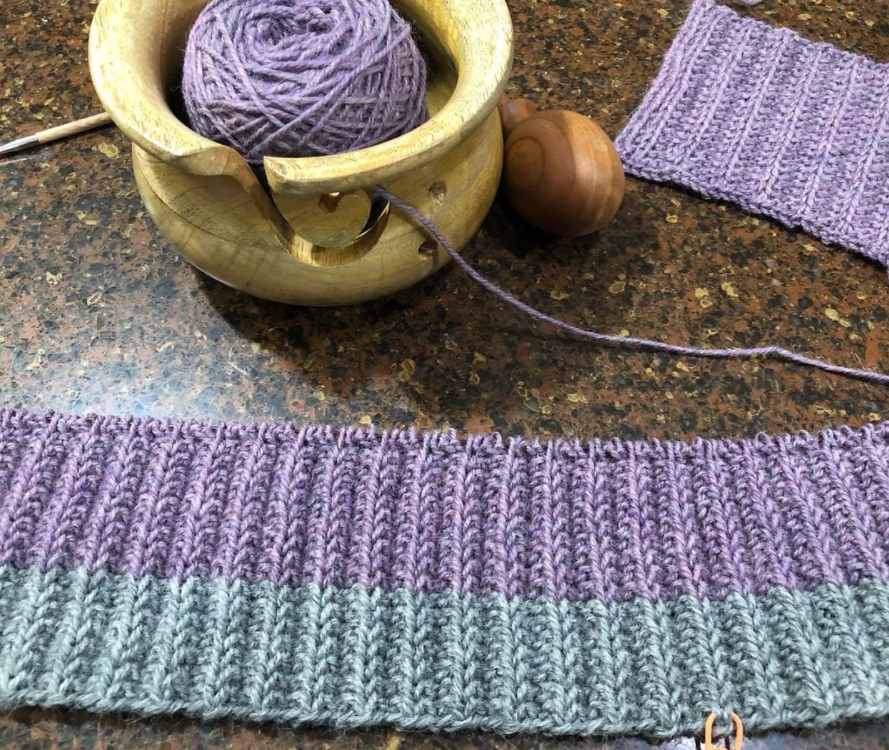
Cartridge belt rib stitch, also known as fake rib stitch, mimics rib stitch but doesn’t really call for any purl stitches. Because it is reversible, it appears the same on both sides and functions similarly to rib stitches. It’s not as easy as a basic rib stitch because it does need dropping stitches.
Brioche Stitch
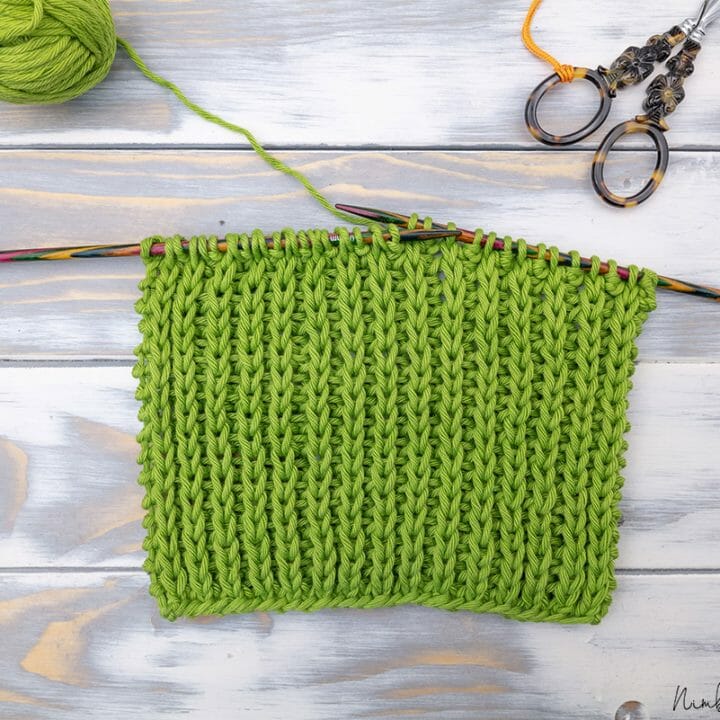
Reversible knit stitches are sometimes necessary! Depending on the knit stitch pattern, the right side and wrong side might occasionally appear to be very different, thus understanding a reversible stitch can be really helpful!
Fisherman’s Rib

Although it’s a little bit simpler to master, the fisherman’s rib stitch resembles brioche stitch somewhat. This knit stitch pattern won’t curl and gives your work more stretch, so you’ll adore it. Leg warmers and beanies fit perfectly with that lovely stretch.
Herringbone Stitch

If you concentrate, herringbone stitch resembles rows of herring bones. It appears to be weaved at the end, but it was really created by dropping threads and knitting other stitches together at the appropriate intervals.
Herringbone Stitch
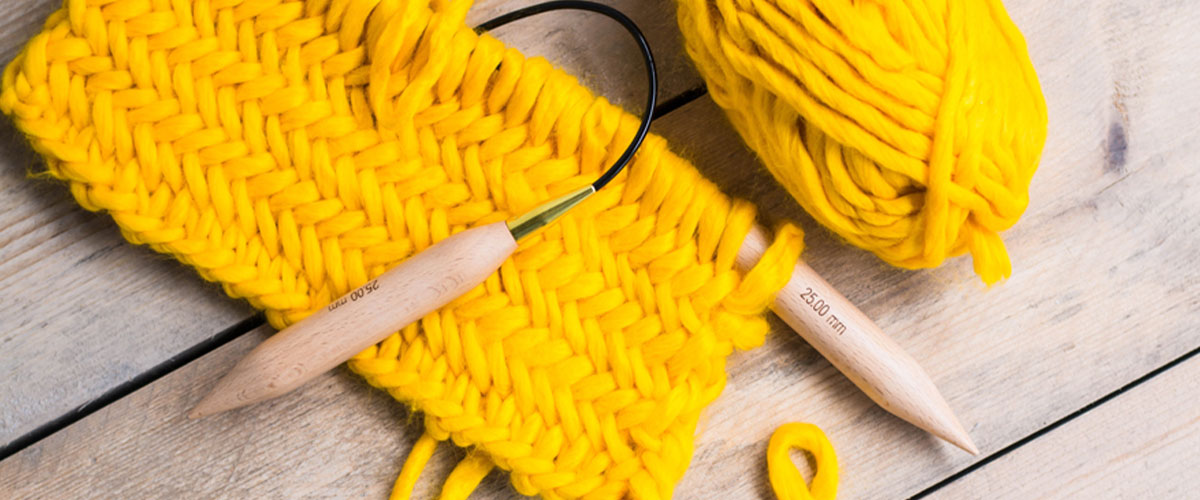
This striking knit stitch design is simple enough for knitters of all skill levels to master. Any project gains interest and detail from the braided design. This knit stitch pattern produces a lovely solid fabric that is perfect for comfortable blankets and other knit home décor.
Herringbone Lace Rib Stitch

The herringbone lace rib stitch resembles a more delicate form of the standard rib stitch because it combines characteristics of the herringbone stitch and rib stitch but is not as intricate as the lace stitch (see more below).
Two Tone Lattice
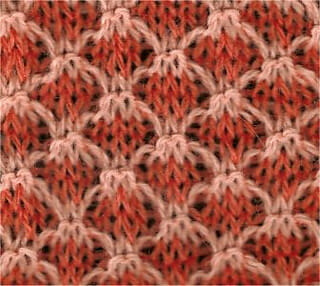
This design is perfect you if you’re seeking for two-color knit stitch patterns! Knit, purl, and slipped stitches are used to create the two tone lattice stitch’s eye-catching diagonal lines. This ornamental stitch is ideal for drapey textiles since it is somewhere between completely solid and lace.
Seed Stitch
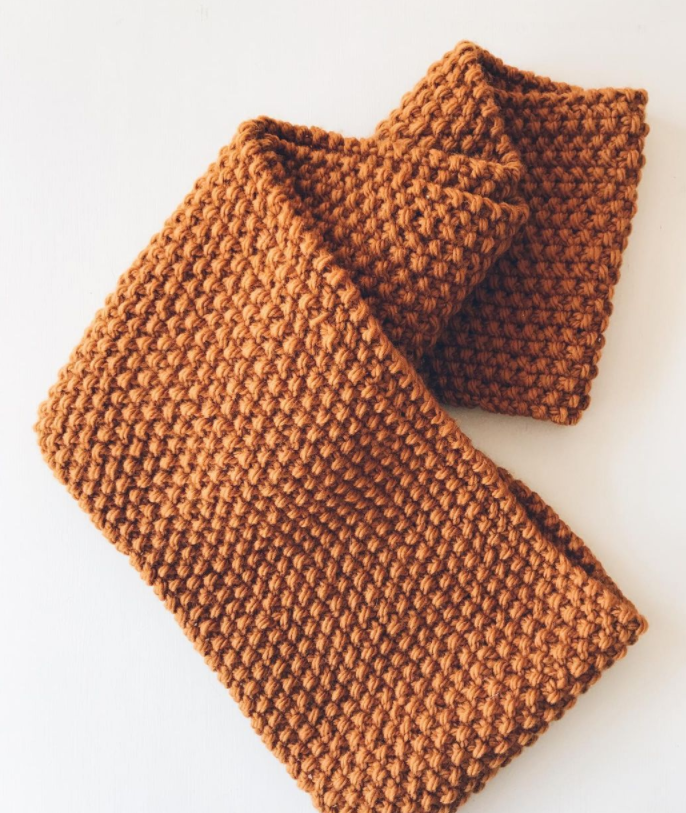
Single knit and single purl stitches alternate horizontally and vertically in the seed stitch, a textured stitch. Like garter stitch, it lays flat, making it ideal for scarves because you won’t need to press, pin, or steam the completed product to prevent curling.
Chinese Wave Stitch
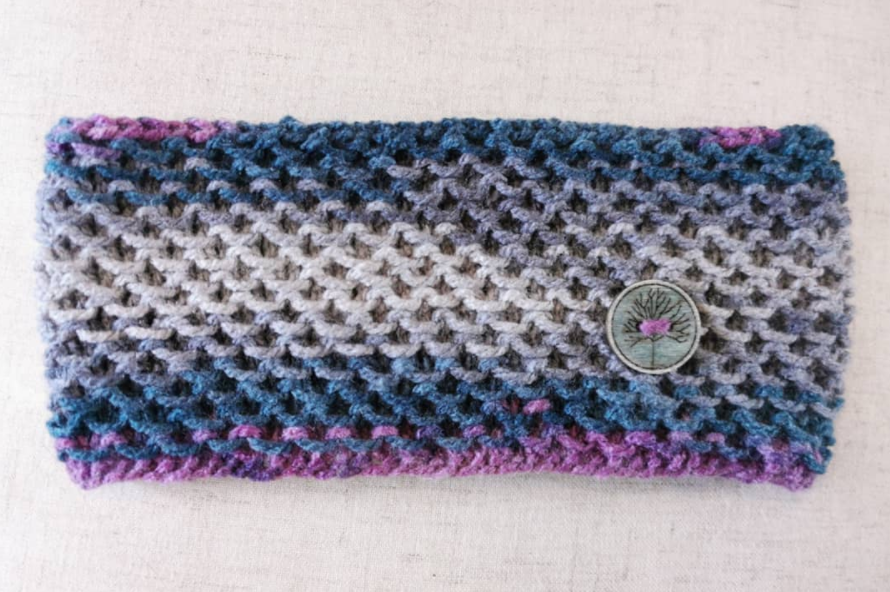
The knit/garter stitch and dropped stitches are used in the Chinese wave stitch. The completed cloth doesn’t curl since the purl stitch is not required.
